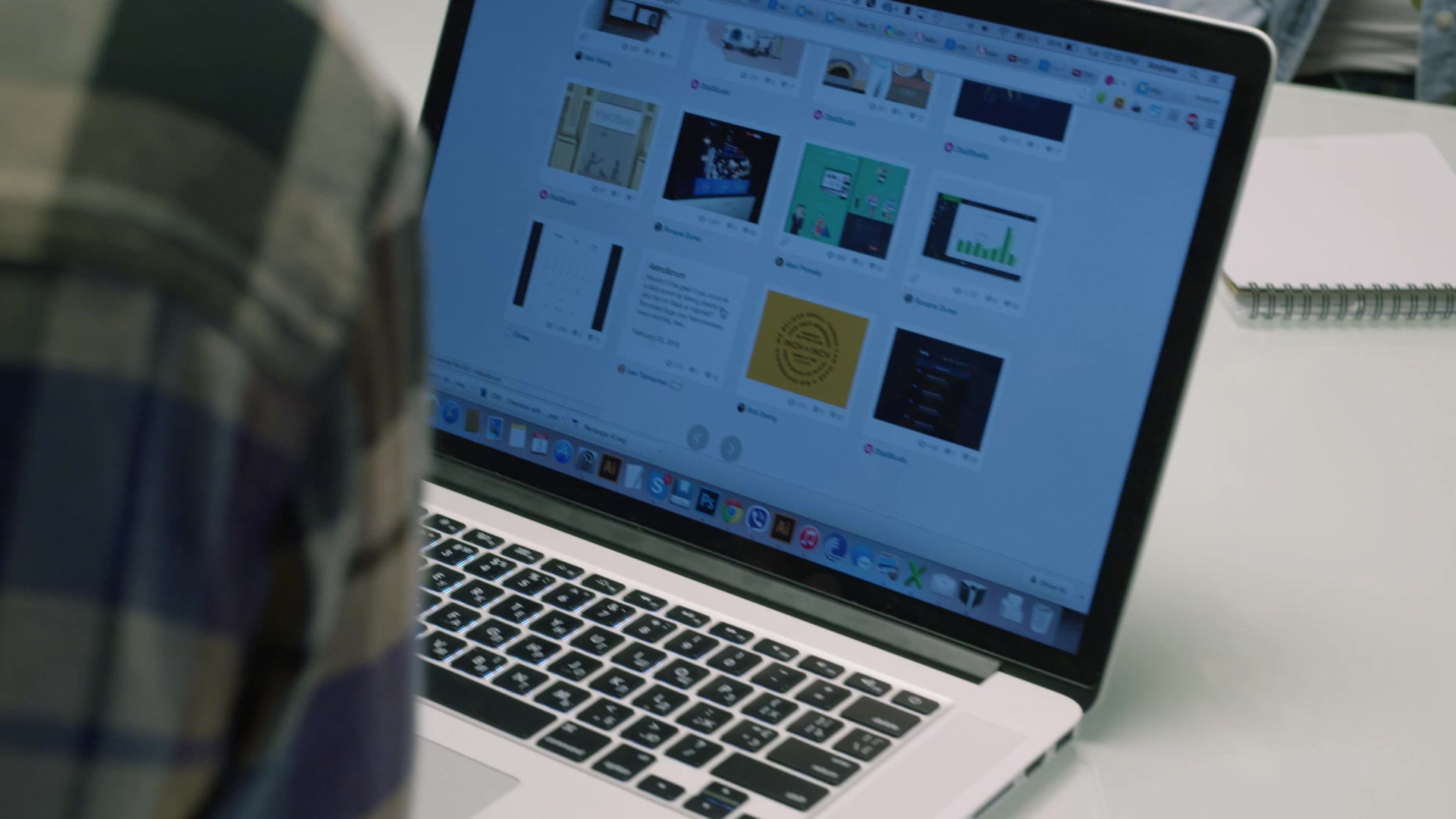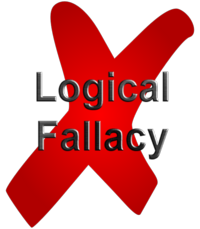Bitzer and Rhetorical Situation
- Garrett
- Jan 23, 2018
- 2 min read
Throughout the article, Bitzer gives constant explanation to how rhetoric is situational. In the first paragraph or so, Bitzer gives examples of "dangerous" and "embarrassing" situations, and he goes on to explain how the rhetoric is defined based on that situation. The description of the situation implies to the reader the type of rhetorical discourse that is used. Bitzer quotes, "I want to know the nature of those contexts in which speakers or writers create rhetorical discourse." The characteristics of the setting or situation give gateway to the rhetorical characteristics that are going to be used.
The idea of exigence is brought into the article when Bitzer describes how rhetoric situation is broken down. It can be broken down into three different groups: exigence, audience, and specific constraints. Exigence is described as the urgency for a specific action to take place. It seems to be the overpowering idea, as both audience and constraints are subsequent ideas to how and whether or not exigence will be effective. Audience is who or what is being influenced to carry out that specific action as an effect of the exigence, and specific constraints are the aspects of the audience (beliefs, attitudes, etc.) that will cause the exigence to be effective or not.
As far as personal experiences and how their rhetoric is displayed, I recently watched a documentary which described how the world's biggest advancements seem to come within weaponry and entertainment. The documentary went on to explain how, yes, there are great advancements in the medical field and such to benefit our physical well-being, but generally, the only publicized advancements are those we see from the government to benefit during war and those seen in advertisement to expand the entertainment industry.

The mode of the documentary was visual, and obviously the media was digital. The purpose of the documentary seemed to be looking to educate people on the ideas that our culture is looking to make advancements in the wrong direction. It seemed to bring a fearful act of what was to come if we put too much focus on the wrong aspects of life. The style and design seemed to differ based on which aspect of advancements were being talked about. When the focus was on technologically benefiting the health and medical industries, the style and design seemed to reflect a light, content mood and attitude to portray the idea that this is what the world needs. When the focus was placed on entertainment and warfare progression, the style and design seemed to sway to dark and gloomy, as if depicting a fear of what would happen if everything was taken a step too far.






Comments